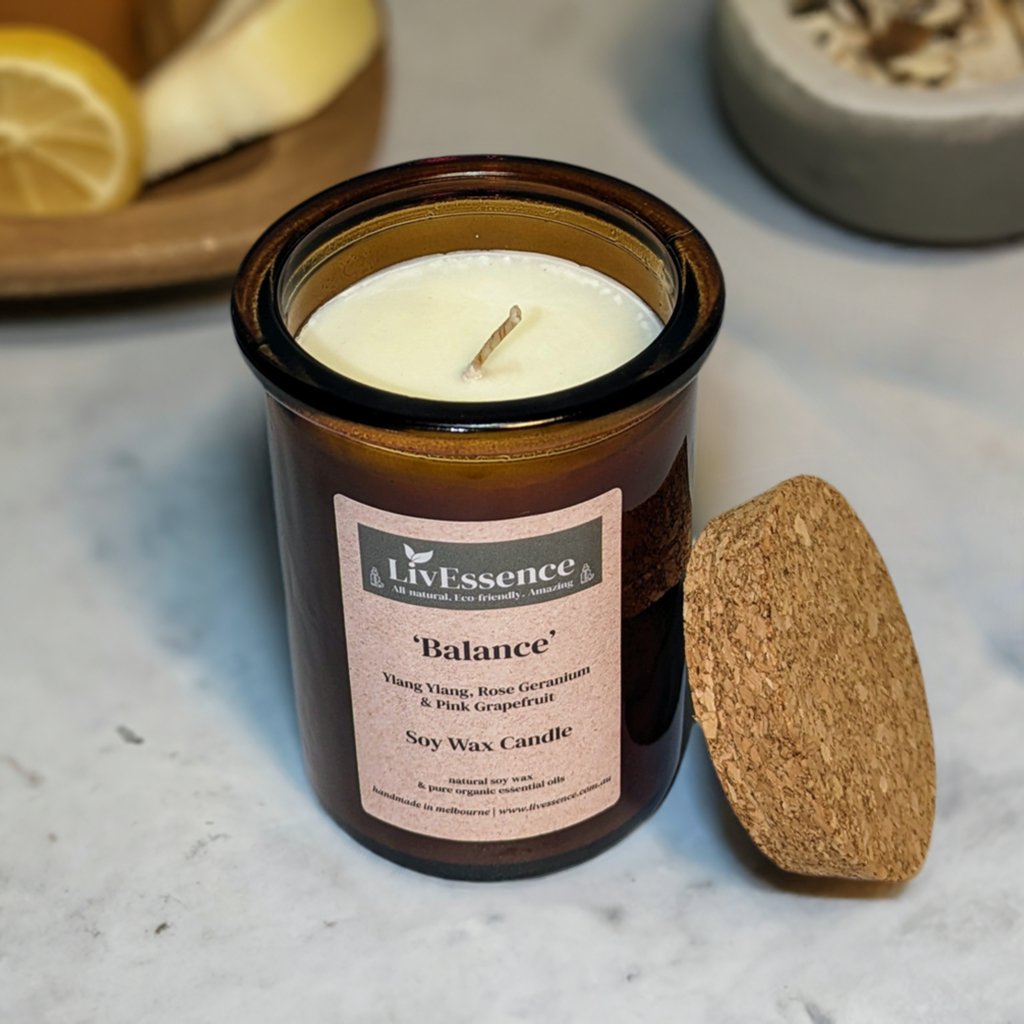Shop Sustainable Soy Wax Candles and Home Fragrance Collections
From Wick to Wax: Understanding the Chemistry Behind Soy Wax Candles and Their Ecological Influence
As we brighten our rooms with the cozy glow of candles, there exists a world of detailed chemistry behind the seemingly simple act of lighting a soy wax candle light. Join us as we decipher the scientific complexities behind soy wax candles and discover their effects on our setting.
Soy Wax Vs. Paraffin Wax
When contrasting soy wax and paraffin wax for candle production, it is important to understand the unique qualities and benefits of each product. Soy wax is a natural, sustainable source originated from soybean oil, making it naturally degradable and environment-friendly - soy candles. On the other hand, paraffin wax is a result of oil refining, which elevates problems about its environmental impact and sustainability
Soy wax candles burn cleaner and produce less soot compared to paraffin wax candles, making them a much healthier option for interior air top quality. In addition, soy wax has a reduced melting point, enabling for a longer-lasting candle that distributes fragrance more effectively. Paraffin wax, on the other hand, often tends to melt faster and much less easily, possibly releasing hazardous chemicals into the air.
From a sustainability perspective, soy wax is favored for its biodegradability and eco-friendly sourcing, lining up with the expanding customer choice for ecologically conscious items. While paraffin wax has actually been a traditional choice in candle making as a result of its cost and convenience of usage, the shift in the direction of green alternatives like soy wax is obtaining energy in the market.
Chemical Structure of Soy Wax

Burning Process in Soy Candles
The chemical make-up of soy wax directly affects the burning procedure in soy candle lights, affecting elements such as burn time, scent launch, and environmental effect. When a soy candle light is lit, the warm from the fire melts the wax near the wick. This fluid wax is then attracted up the wick because of capillary action. As the liquid wax gets to the fire, it undertakes and evaporates burning. The combustion procedure involves the vaporized hydrocarbons in the wax responding with oxygen airborne to create warmth, light, water vapor, and co2.
The his explanation burning efficiency of soy candle lights is influenced by the purity of the soy wax and the top quality of the wick. A clean-burning soy candle light with an effectively sized wick will minimize and create a stable flame residue formation. This not only prolongs the shed time of the candle light but likewise boosts the launch of fragrances. Additionally, soy wax candles have a lower ecological effect compared to paraffin candle lights as a result of their renewable and naturally degradable nature.

Ecological Advantages of Soy Wax

Thought about a sustainable option to traditional paraffin wax, soy wax offers notable ecological benefits that make it a prominent option amongst eco-conscious customers. Soy wax burns cleaner and produces less soot than paraffin wax, adding to better indoor air top quality and decreasing the demand for cleaning and upkeep. Generally, the ecological benefits of soy wax line up with the expanding demand for environment-friendly and sustainable products in the market.
Recycling and Disposal Factors To Consider
Recycling and correct disposal of soy wax candle lights play a crucial role in maintaining environmental sustainability and reducing waste in neighborhoods and homes. When it comes to recycling soy wax candle lights, the very first step is to guarantee that the candle has actually melted completely.

In terms of disposal, if recycling is not an option, soy wax candles are eco-friendly and can be securely dealt with in many house waste systems. However, it is always suggested to consult regional recycling facilities or waste management solutions for specific standards on candle light disposal to make sure correct handling and environmental management.
Verdict
In conclusion, the chemistry behind soy wax candles exposes their ecological advantages over paraffin wax candles. Soy wax, obtained from soybean oil, burns cleaner and produces much less soot when compared to paraffin wax.
When contrasting soy wax and paraffin wax for candle making, it is vital to recognize the unique characteristics and benefits of each product (candles).Soy wax candles shed cleaner and give off much less residue contrasted to paraffin wax candles, making them a much healthier option for interior air high quality.Taken into consideration a lasting option to conventional paraffin wax, soy wax uses notable ecological advantages that make it a preferred choice among his explanation eco-conscious consumers. Soy wax burns cleaner and generates much less soot than paraffin wax, contributing to much better interior air quality and minimizing the need for cleaning and maintenance.In final thought, the chemistry behind soy wax candles reveals their environmental advantages over paraffin wax candles